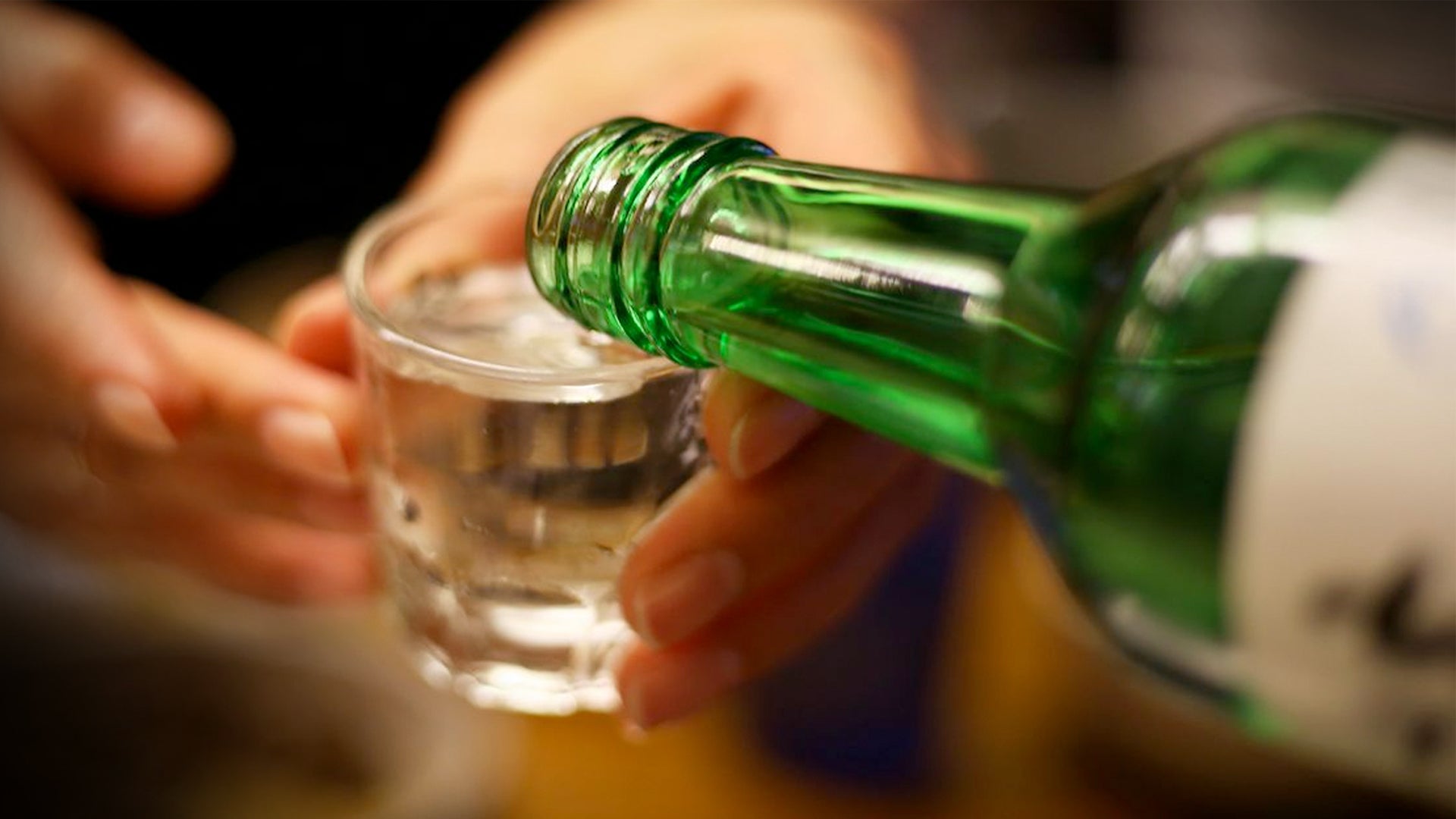As it is with the rest of the world, Asia also has their traditional alcoholic drinks that have entered the global market.
Two of them hail from Japan and Korea, namely sake and soju respectively. These two beverages are very similar in terms or flavor and appearance.
Both are widely produced from rice grains, resulting in a clear-looking liquid and neutral-tasting alcohol.
In fact, these two are almost one in the same that they’re often confused and mistaken for one another.
Despite these similarities, there are actually subtle differences between the two. Let’s try to distinct sake from soju.
What is sake?
Sake is an alcoholic beverage made of fermented rice grains, which originated in Japan in the 3rd century.
Related articles: A Deep Dive into Sake
What is soju?
On the other hand, soju is a distilled liquor native to Korea. It can be made of rice grains, but it’s also possible to use other ingredients.
Related articles: Discover Soju, The Trending Korean Drink!
Differences in ingredients
Sake ingredients
The main ingredients used are rice grains, water, and koji. The latter is a fungus which aids the yeast in creating alcohol.
Sake strictly uses white rice in production. It’s quite rigid in the materials used. In fact, in the year 927 in Japan, a code of practice was formed, dictating precise sake brewing ingredients and methods.
Soju ingredients
Compared to sake, soju is more flexible with its ingredients. It can be made of rice grains, but can also be replaced with other starches such as tapioca, barley, sweet potatoes, and wheat.
Differences in production process
Sake production process
Creation of sake is similar to that of beer, in that it only goes through fermentation.
Firstly, white rice is procured by washing harvested grains of any impurities, and then soaking them. Afterwards, the grains are steamed in a large steamer and then cooled down. During this process, koji is made simultaneously.
The koji spores are then incorporated into the cold rice, and everything is kneeded. This mix is fermented in a tank for 21 days.
Soju production process
Soju is a liquor, and therefore it goes through an extra step in the production process. After fermentation, it’s distilled.
The chosen ingredients are left to ferment for about 2 weeks. This results in a wine which is then boiled in a cauldron. A soju guri distillation tool is attached to said cauldron, and this is how more alcohol is formed.
The entire process of producing soju lasts around 3 weeks.
Differences in ABV
Sake ABV
The production process affects how much alcohol content is in each serving. Because sake is only fermented, it has a similar ABV to beer, ranging between 15% to 20% per bottle.
Soju ABV
Meanwhile, the distillation process to create soju adds more alcohol into the final liquor. Soju contains anywhere between 16 to 45% ABV.
Differences in taste
Sake taste
As a result of the minimum ingredients used, sake is a clear-tasting drink with a mild sweetness to it. Because of the yeast, sake tends to err on the dry side.
Soju taste
Similarly, soju is also straightforward in taste, comparable to vodka. However, because soju is not as traditionally bound as sake, manufacturers began adding fruit flavors to soju in the ‘90s.
These flavors range between strawberry, blueberry, and peach, to pineapple, citrus, and even yoghurt. These became like RTD’s—soju cocktails in a bottle.
Differences in health benefits
Sake health benefits
Sake’s simple ingredients and straightforward production process means that it’s one of the healthier alcohols out there.
One serving of 100 grams contains 0 grams of fiber, sugar, and fat. There are only 134 calories and 5 grams of carbs in sake.
When consumed in moderation, sake has the potential to aid with digestive issues, sleep, and reduce the risk of serious illnesses such as heart disease and cancer.
Soju health benefits
Soju also has its potential health benefits. Again, moderation is key in order to reap all the benefits of this drink.
A serving of soju a day has been proven to help prevent strokes. You can also use soju topically to aid any blockage you may have in your ear. A tiny dose of salt and soju may help with relief of inflammation, chest pains, and coughing.
Differences in serving
How to serve sake?
Sake can be enjoyed hot or cold. It’s usually served an appetizer to a meal, particularly tapas-style Japanese izakaya.
How to serve soju?
Meanwhile, soju is best served cold and straight. Traditionally, soju is often consumed with a specific type of Korean food called anju. These dishes are specifically meant to be enjoyed with alcohol.
Looking for your favorite Sake and Soju? Minuman.com provides the widest selection of Sake and Soju. Order now and have your whisky delivered to your doorstep with fast delivery.
Sake availabe at Minuman.com:
Soju availabe at Minuman.com:













